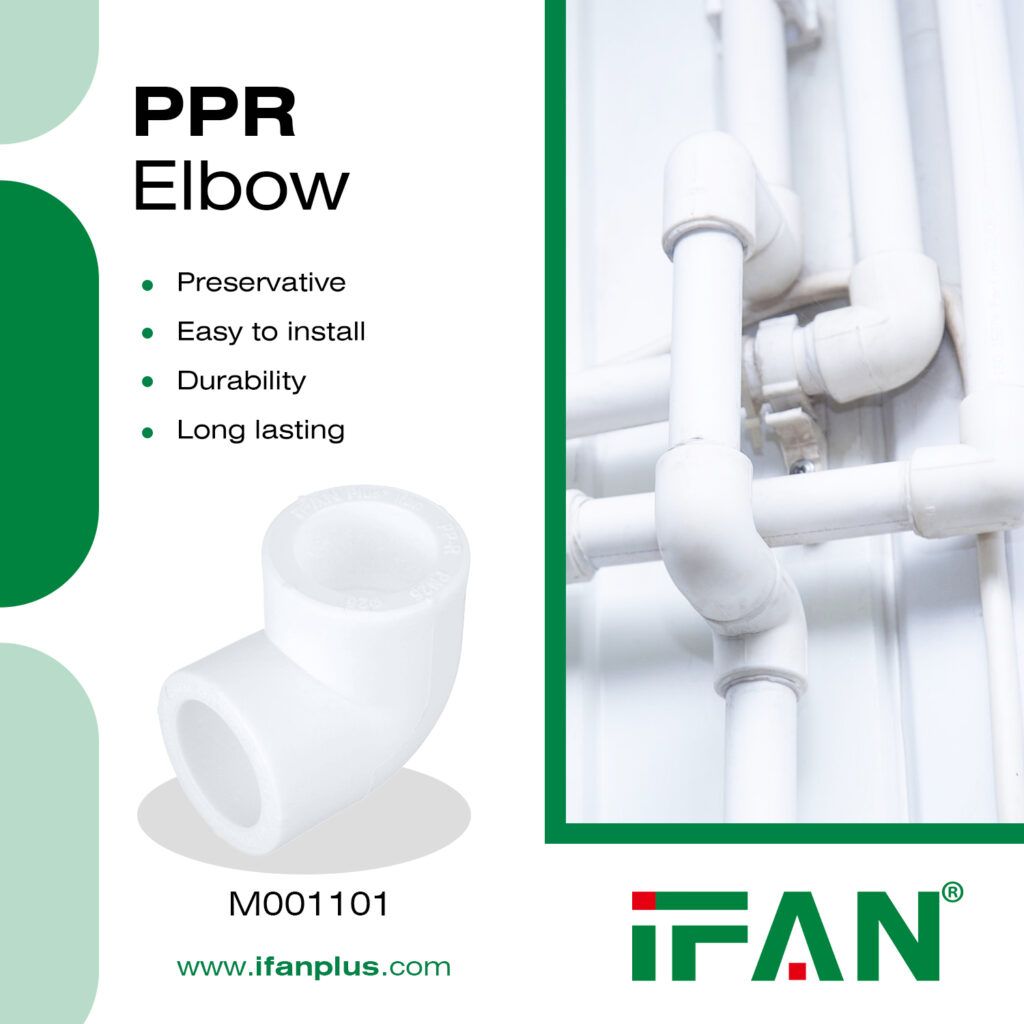PPR (Polypropylene Random Copolymer) fittings are known for their durability, flexibility, and resistance to high temperatures and pressures, making them an excellent choice for plumbing systems in both residential and commercial buildings. However, working with PPR fittings can be a bit challenging if you’re not familiar with the proper technique. In this post, we’ll go over some of the most common mistakes people make when working with PPR fittings and how to avoid them.
1.Using the Wrong Tools
One of the most common mistakes that people make when working with PPR fittings is using the wrong tools. This can have a significant impact on the quality of the installation. Ensure that you use the right tools, including a socket fusion tool, pipe cutter, and a deburring tool. Using these tools will enhance the connection quality and ensure that the fittings are sturdy enough to handle high pressure and high temperatures.
2.Not Measuring Accurately
Measuring accurately is a crucial aspect of working with PPR fittings. Inaccurate measurements can lead to incorrect cuts and gaps in the fittings, leading to leaks. Always measure carefully and use a pipe cutter to ensure that you get the exact length you need. Double-checking your measurements before making any cuts is an excellent practice to avoid mistakes.
3.Not Following the Manufacturer’s Instructions
The manufacturer’s instructions are vital when it comes to working with PPR fittings. The instructions will include important details that will ensure the integrity of the fittings. Things like temperature, pressure, and fusion time are essential, and failure to follow them can result in weak connections or even fitting failure.
4.Improper Fusion
Fusion is the process of joining two pieces of PPR together, and it’s crucial to ensure that the fusion is done correctly. The most common mistake is not heating the fitting and pipe for the required period, which can lead to a weak connection. Always ensure that the fusion tool has heated the fitting and pipe for the required time to ensure that they fuse properly.
5.Not Deburring
Deburring is the process of smoothing out the edge of the pipe after cutting it. Some people might skip this step, thinking that it’s not necessary. But, deburring is essential, as it helps to prevent leaks and ensures that the fittings fit snugly. Always use a deburring tool to smooth out the edge of the pipe.
In conclusion
When working with PPR fittings, the right tools, accurate measurements, and following the manufacturer’s instructions are crucial to avoiding common mistakes that could lead to fitting failure. Remember to take your time and be methodical in your approach to ensure that your plumbing system is of high quality and integrity that your clients can rely on.
View more:https://www.ifanfittings.com/


